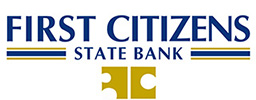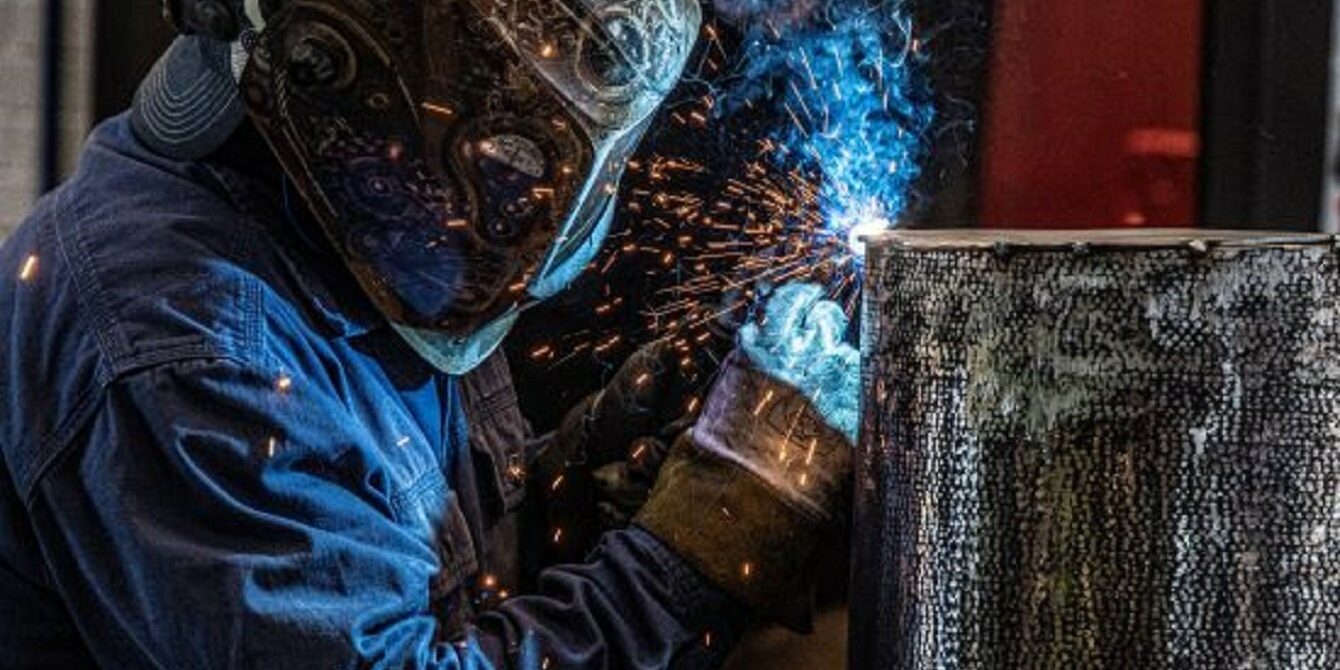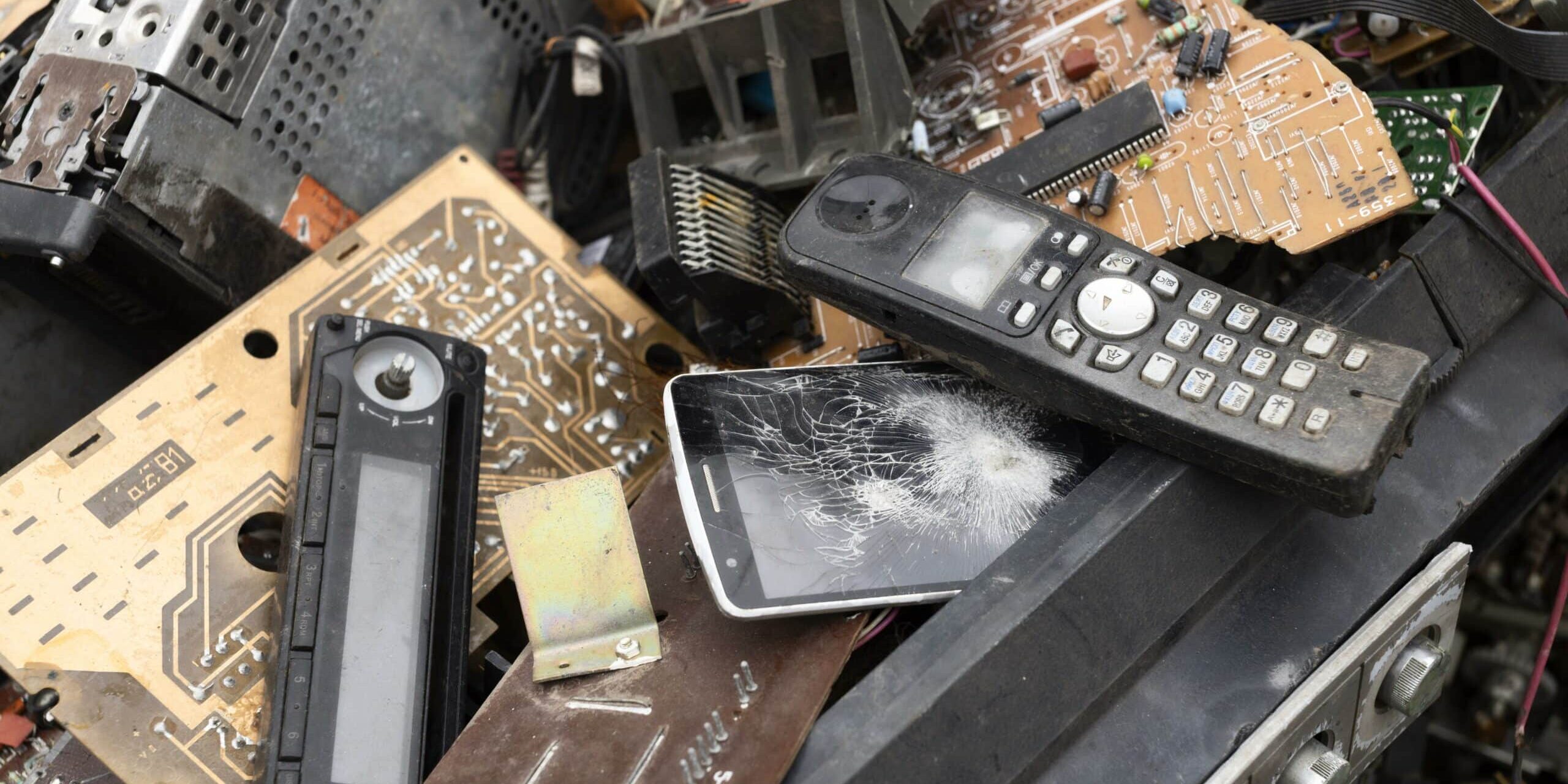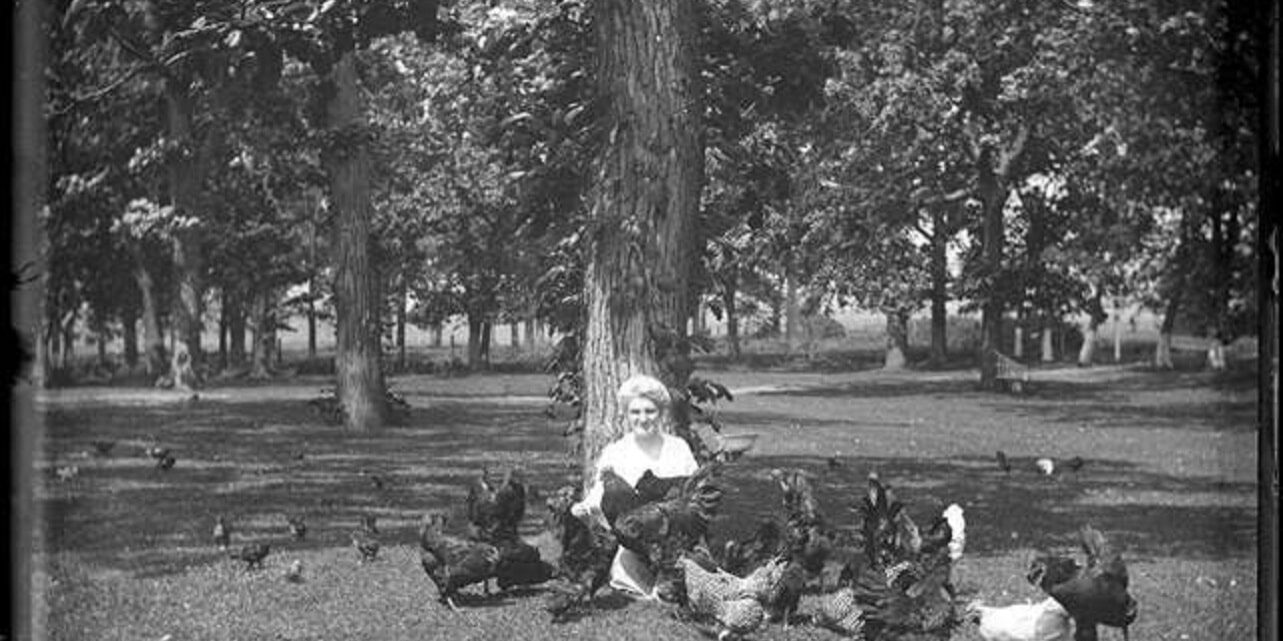Editor’s note: The following press release was received from Walworth County Public Health. After that article is a press release on the same subject from the Wisconsin Department of Health Services.
Walworth County Public Health Providing $5 Radon Test Kits with a Food Pantry Donation
Sixty Percent of Walworth County Homes Tested for Radon Had Higher Levels than the EPA Deems Safe
The Walworth County Division of Public Health is offering $5 radon test kits throughout Radon Action Month in January to anyone who donates a non-perishable food item. There is a limit of one kit per person. All food donations will go to the Walworth County Food and Diaper Bank.
Radon is an odorless, radioactive gas that is the nation’s second leading cause of lung cancer, accounting for roughly 20,000 deaths each year. Data from the Wisconsin Department of Health Services indicates that about 6 in 10 homes in Walworth County have radon levels above the EPA’s recommended action limit. “January is the ideal time to see if your home has elevated radon as houses are closed up for the cold winter weather and we’re spending more time indoors,” said Walworth County Public Health Officer Erica Bergstrom.
Testing is offered locally through the Kenosha/Walworth Radon Information Center, funded through a Wisconsin Department of Health Services grant. Normally, the cost is $15 per kit.
The test kit includes a small vial that must be left open to the air in the lowest livable level of a home — usually the basement — for 48 to 96 hours. The vial is then capped and mailed to Accustar Labs, which generally provides the results via mail, email, or telephone within three days. Shipping and analysis of the kit are included in the $5 price.
Those whose homes test at an elevated level of radon are encouraged to contact the Kenosha/Walworth Radon Information Center for more information about mitigation options.
The reduced-price test kit offer is redeemable January 1 to 31, 2024, Monday through Friday from 8 a.m. to 4:30 p.m., at the Walworth County Health and Human Services building at 1910 County Rd. NN, Elkhorn. After that date the kits may be purchased at the same location for $15.
Visit the Walworth County Division of Public Health’s website for more information about radon.
Editor’s note: The following press release was received from the State of Wisconsin Department of Health Services.
DHS Encourages Homeowners, Property Owners, and Child Care Centers to Test for Radon
Radon exposure is the second leading cause of lung cancer overall and leading cause of lung cancer for non-smokers
During National Radon Action Month, the Wisconsin Department of Health Services (DHS) is encouraging home and building owners, along with child care providers, to test their buildings for radon.
Radon, an odorless, radioactive gas naturally present in the ground, is found across Wisconsin, and enters buildings through their foundations. Approximately one in 10 homes in our state have elevated radon levels.
The Environmental Protection Agency’s action level for safety is 4 picocuries per liter (4 pCi/L). Last March, Wisconsin Department of Children and Families (DCF) enacted rule changes which require licensed family and group child care providers to test for radon and install a mitigation system if radon levels exceed the EPA action level.
“Reducing radon exposure is a top environmental health concern,” said Paula Tran, State Health Officer. “DHS applauds DCF for taking this important step toward protecting all Wisconsinites from exposure to radon by putting children, and their caretakers, first.”
This National Radon Action Month, DHS encourages all Wisconsinites to test their homes and business locations for radon. Radon is the second leading cause of lung cancer, and it is estimated to cause over 21,000 deaths each year in the United States. Approximately 962 of these deaths are in Wisconsin. High radon levels are especially dangerous for people who smoke; their risk of lung cancer is 10 times higher than non-smokers.
Fortunately, this cause of lung cancer is largely preventable, and the first step is to test your house, apartment, or business location for radon. The cost of mitigation can be a barrier for some families and businesses; Wisconsin residents can visit lowradon.org to find their Radon Information Centers (RIC) in Wisconsin or speak with local public health department radon experts by calling 888 LOW-RADON to discuss available options. Reduced-cost test kits are available through RICs and test kit promotions are happening throughout January.
Any house or building can be at risk for high radon levels, including apartments and commercial buildings. Landlords have a responsibility to provide safe living and working conditions to their tenants and should work with a certified radon testing and mitigation contractor to get started on addressing the issue for their tenants. DHS maintains a list of certified radon professionals that can provide radon measurement and mitigation, and encourages homeowners and property owners to prioritize using a certified contractor.
More information can be found at lowradon.org.
The image on the homepage “radon” by oparvez is licensed under CC BY-SA 2.0.






















